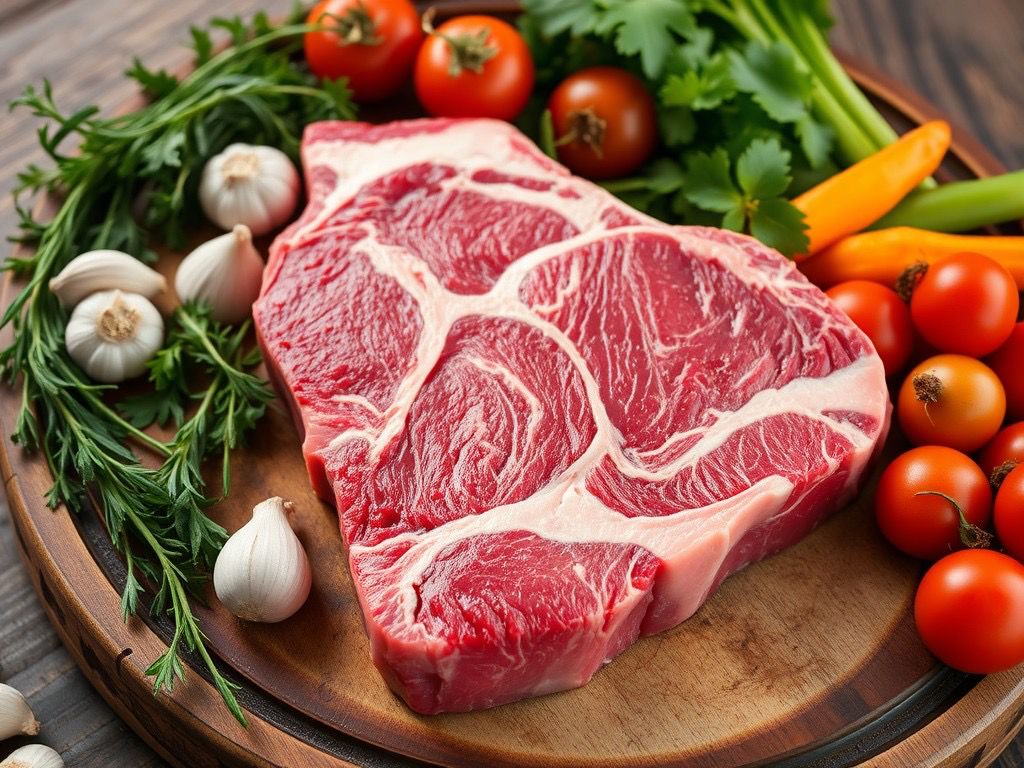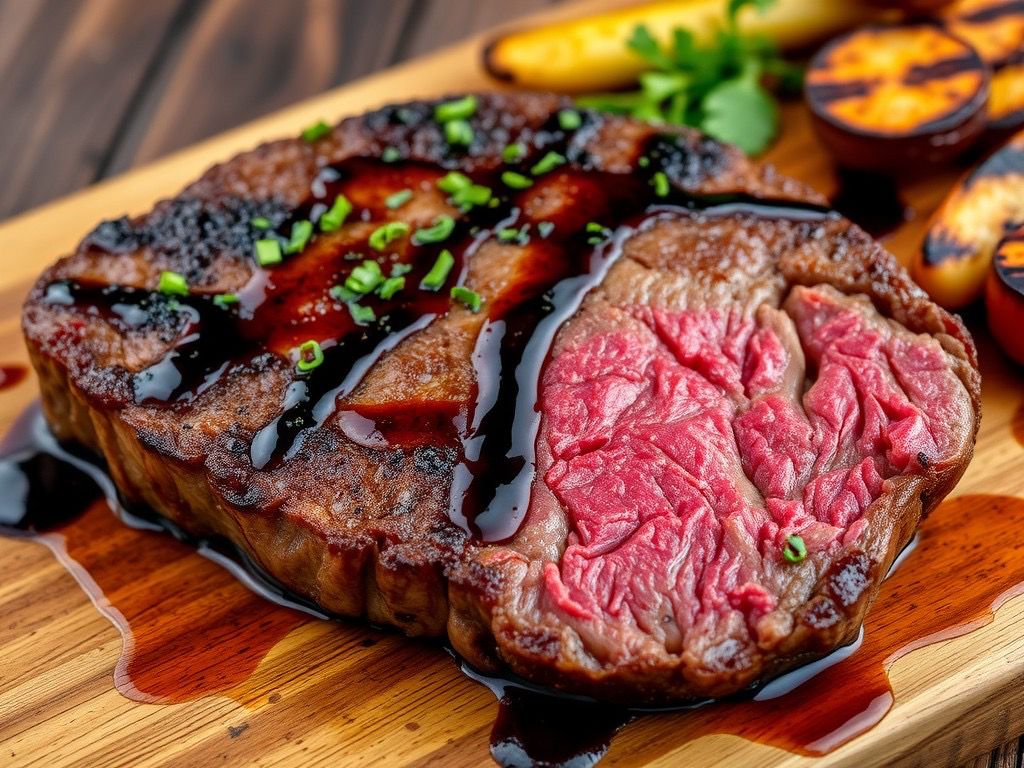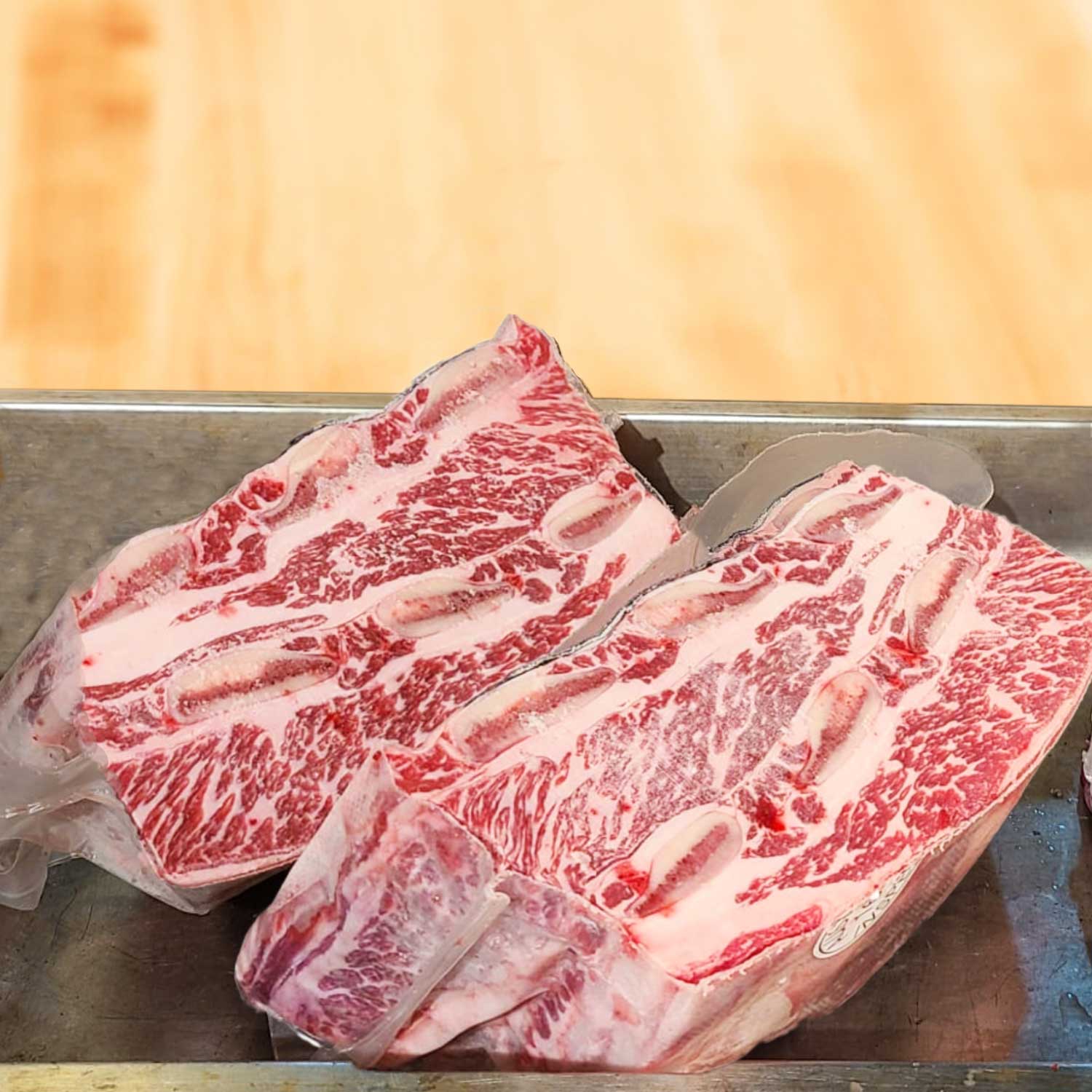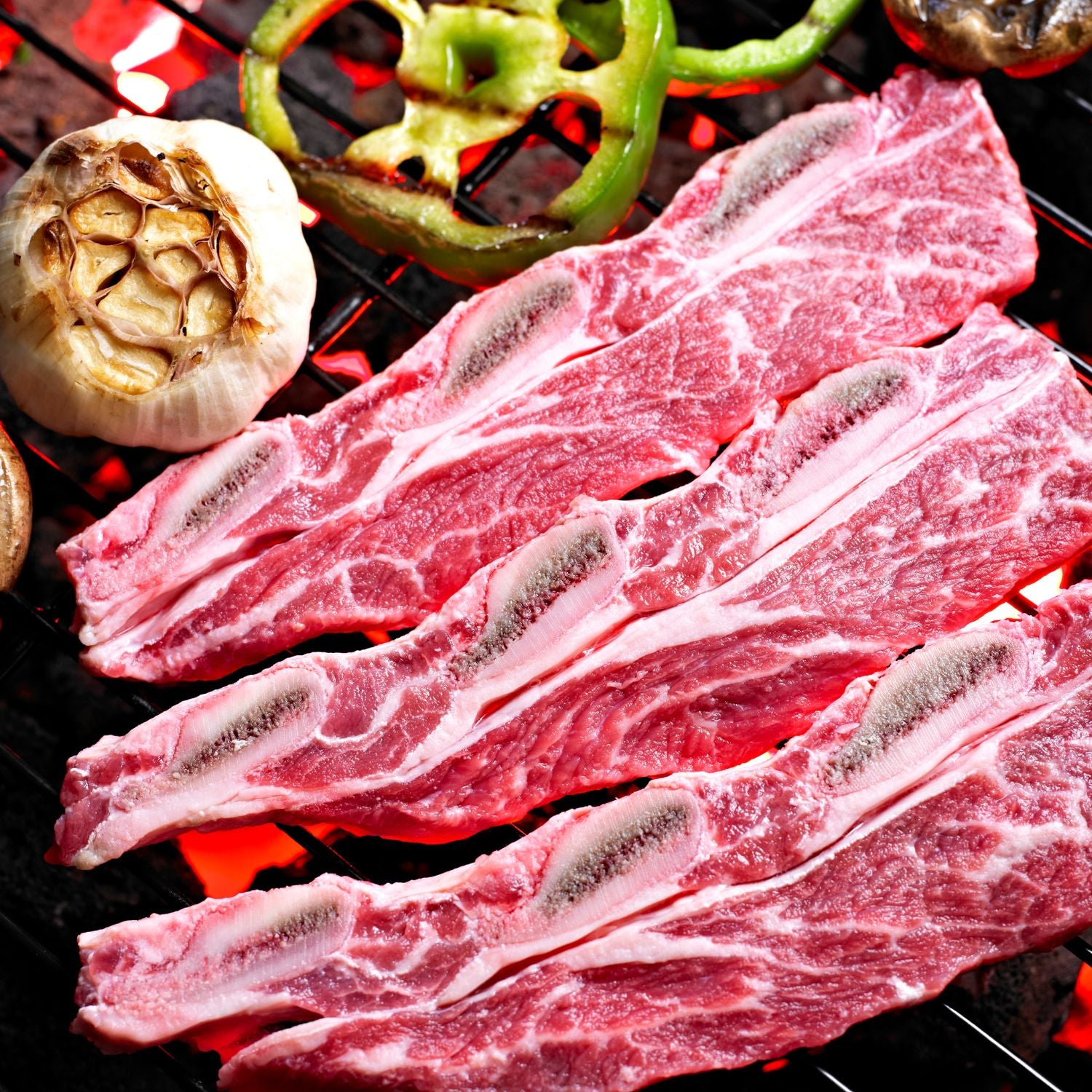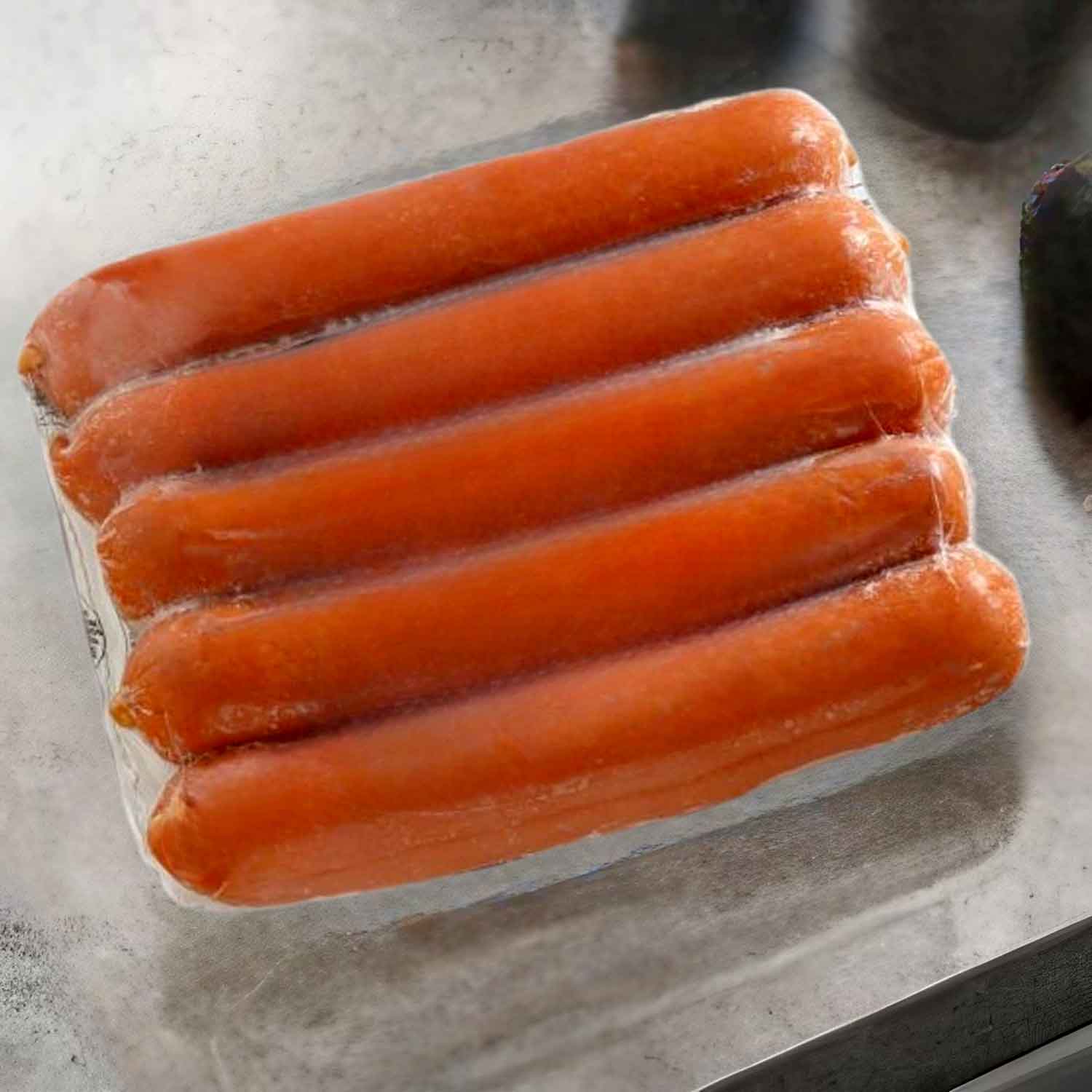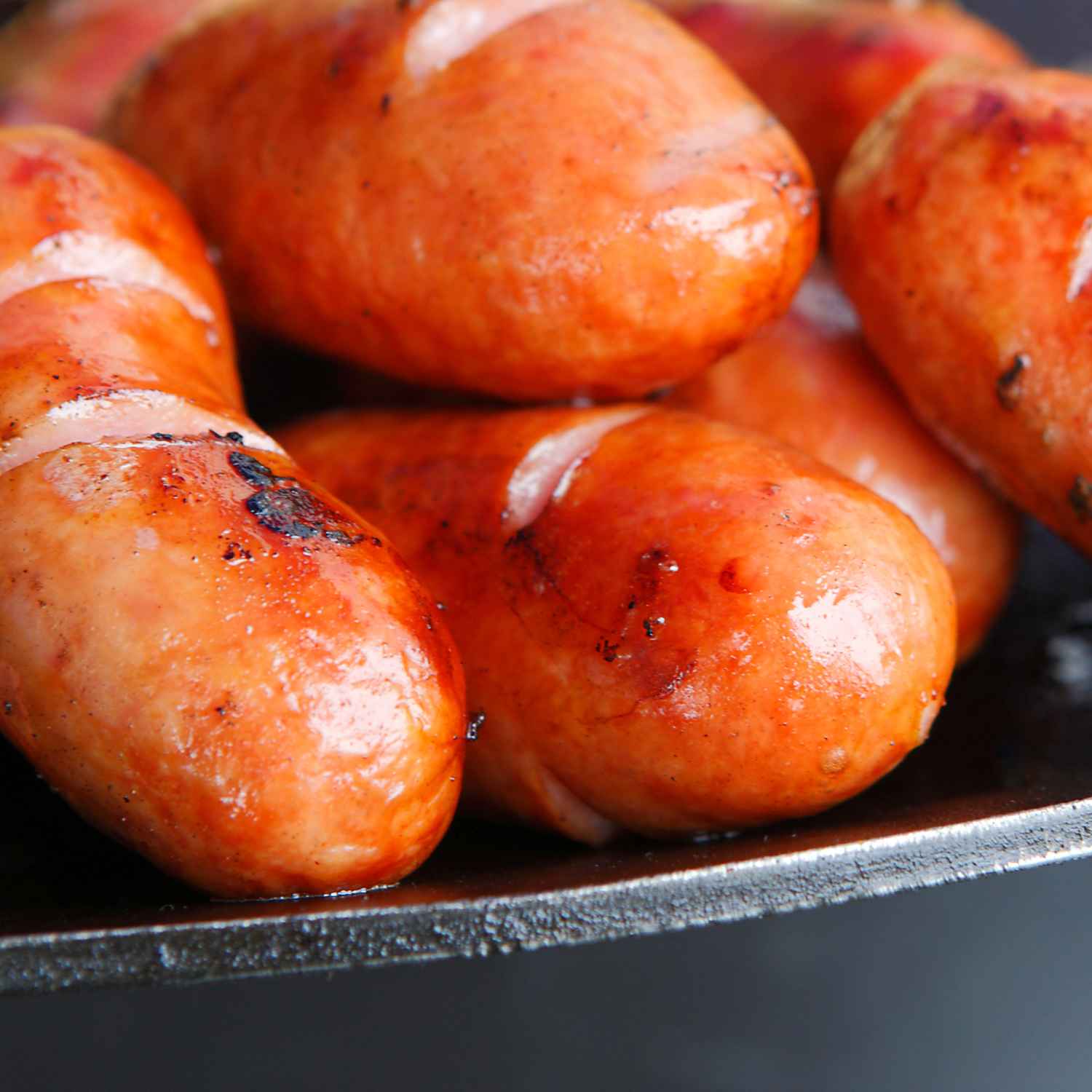Understanding the Basics of Beef Cuts
Selecting Quality Beef: What to Look for
When choosing beef, look for bright red color and firm texture. Marbling, the white flecks within the meat, is key for flavor. Always check the freshness date and smell the beef. Opt for cuts from reputable sources, like MeatKing.hk, known for Grass Fed Beef. In Hong Kong, Wagyu is a popular choice for its rich taste. Seek advice from a local butcher for the best cuts available.

The Anatomy of a Steak: Muscles and Flavors
Knowing the parts of a steak is key to enjoying its taste. Each cut has unique textures and flavors. For example, ribeye is rich and full of marbling. Tenderloin stands out for being soft and lean. Sirloin offers a balance of tenderness and taste. And T-bone gives you two experiences in one cut. Understanding this helps you choose the right steak. It also guides you in how to cook each type for the best result.
Grading Beef: From Prime to Standard
In Hong Kong, beef quality is key. Beef grading helps you choose the best. It ranges from Prime to Standard. Prime grade has the most marbling. This means more flavor and tenderness. Choice grade is less marbled but still good quality. Select grade has the least fat. It's less tender but more budget-friendly. Standard grade is the most basic. It's okay for everyday dishes, not special meals. Know these grades for the best beef experience in Hong Kong.
Advanced Techniques for Steak Cooking
The Perfect Pan Sear: Techniques and Tips
Searing steak is vital for a delicious crust. Here's how to ace it:
- Preheat the Pan: Start with a very hot pan. Cast iron is best.
- Pat the Steak Dry: Moisture stops browning. So, pat your steak dry with paper towels before cooking.
- Use High-Smoke Oil: Oils like canola withstand high heat. They won't burn quickly.
- Don't Overcrowd the Pan: Cook one or two steaks at a time. This ensures even heat.
- Flip Once: Cook one side to a perfect crust. Then, flip it just once.
- Rest the Meat: After cooking, let it rest. This makes it juicy. Enjoy your perfect sear!
The Role of Butter and Oil in Steak Cooking
Choosing the right fats when cooking steak is vital for flavor. Use butter for richness and oil for a high smoke point. Combine both for balance. Add herbs like rosemary to the mix for aroma. Butter baste your steak for a golden, delicious crust. Opt for oils like canola for initial searing. Steak connoisseurs often finish with a dab of butter for taste. Learn which oils are best for the different stages of cooking.
Temperature Control: How to Measure for the Right Doneness
Measuring the doneness of a steak is a key skill. It ensures your beef is cooked to perfection. There are several methods to check this:
- Use a meat thermometer: Insert it into the thickest part of the steak. Check it against a temperature chart.
- The hand test: Press the fleshy area under your thumb. Compare the steak's firmness to this area at different finger positions.
- The timing method: Cook the steak for a set amount of time per side. This depends on the steak's thickness and desired doneness.
- Cut and peek: Make a small cut in the center of the steak. Watch the meat's color change as it cooks.
It's important to let your steak rest after cooking. This lets the juices redistribute. Aim for 5 to 10 minutes of rest for the best taste.
The Final Touch: Presenting and Serving Your Steak
The Ideal Plating: Showcasing Your Steak
To truly impress with your steak, presentation is key. Here's how to plate like a pro:
- Choose the right dish: A clean, white plate can make the colors pop.
- Mind the placement: Position the steak at the center, slicing if preferred, to show off the cook.
- Garnish wisely: A sprig of rosemary or thyme adds elegance without clutter.
- Keep it simple: Don't overcrowd the plate. Let the steak be the star.
A beautifully presented steak enhances the dining experience, making it not just a meal, but a feast for the eyes as well.
Sauce Selection: Enhancing the Dining Experience
Choosing the right sauce is key to a steak’s flavor. Consider these classic options:
- Bearnaise Sauce: Rich and creamy with a hint of tang.
- Peppercorn Sauce: Bold and spicy for those who love heat.
- Red Wine Reduction: Elegant, with a balance of sweetness and acidity.
- Garlic Herb Butter: Simple yet luxurious, adding a smooth finish.
Always match the sauce to the beef cut and its unique taste. A perfect match brings out the best in your steak, making for an unforgettable meal in Hong Kong.
Pairing the Perfect Wine: Tips for Hong Kong's Wine Lovers
- Match the steak with a robust red wine like Cabernet Sauvignon or Shiraz.
- For leaner steaks, consider a medium-bodied red like a Merlot or Pinot Noir.
- If you prefer white wine, try a full-bodied Chardonnay with buttery flavors.
- Consider the sauce and seasoning of the steak when selecting wine.
- Ask your local Hong Kong sommelier for regional wine pairings.
- Allow your wine to breathe for at least 30 minutes before serving.
- Serve wine at the right temperature: reds at 16-18°C, whites at 9-14°C.














